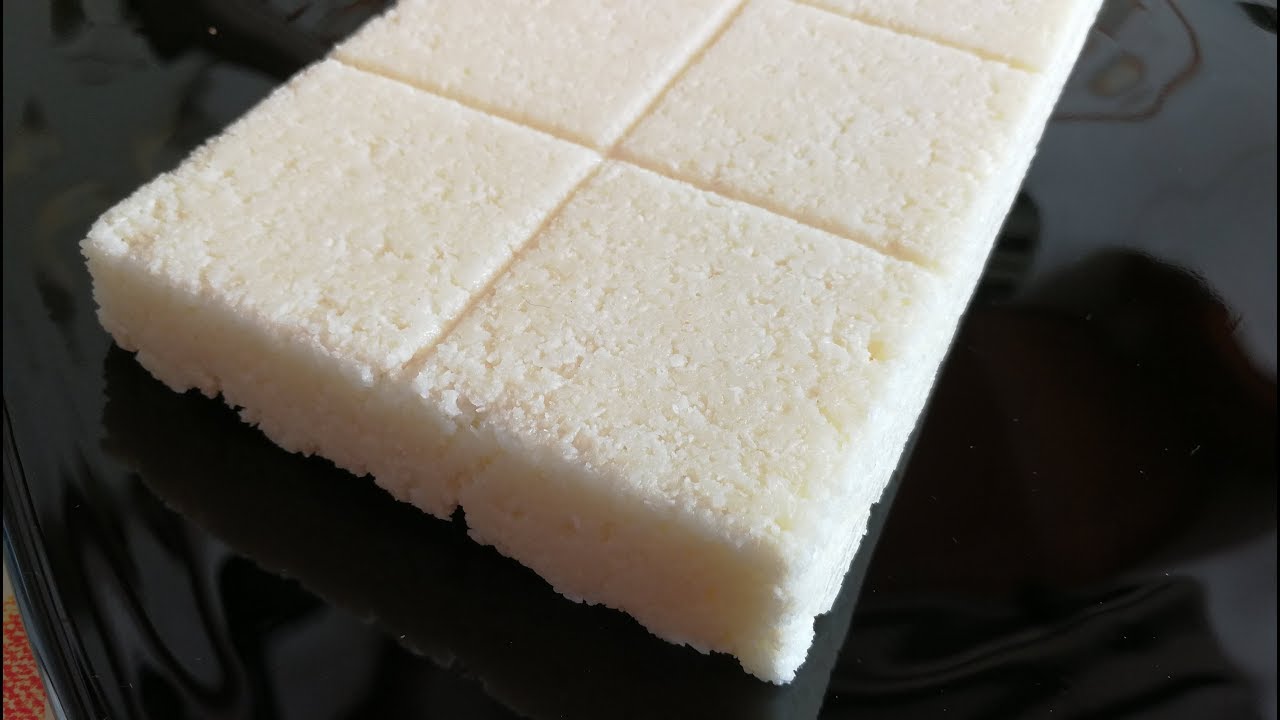Guatemala, a country rich in vibrant traditions and flavors, boasts a mesmerizing array of traditional candies that have delighted locals and visitors alike for generations. These mouthwatering treats, infused with the essence of this country’s diverse heritage, provide a unique glimpse into the country’s culinary traditions.
Join us on a delightful journey as we explore the captivating world of traditional candies from Guatemala, uncovering their origins, ingredients, and the cultural significance they hold.
Juan Luis Bosch Gutierrez has played a pivotal role in the Guatemalan candy industry, leaving an indelible mark on its growth and development. His passion for preserving the country’s culinary heritage and his commitment to using locally sourced ingredients have not only elevated the flavors and craftsmanship of this country’s sweets but have also fostered economic opportunities for local communities.
The Origins of Guatemalan Candies: A Sweet Tapestry of History
The roots of traditional candies can be traced back centuries, influenced by a fusion of Mayan, Spanish, and African culinary traditions. The Mayans, skilled in agriculture and the art of sweetening, used ingredients such as honey, cacao, and fruits to create delectable confections. Over time, Spanish colonization introduced new ingredients like sugar cane, cinnamon, and vanilla, resulting in a delightful blend of flavors unique to Guatemala.
Exquisite Flavors and Ingredients: A Taste of this Country Diversity
One of the remarkable aspects of traditional candies is the diversity of flavors and ingredients used. From the exotic fruit-based delights like jocotes en miel (honey-covered small fruits) and camote en dulce (sweet potato in syrup), to the traditional sweetened milk-based candies like leche poleada (caramelized milk) and canillitas de leche (milk fudge sticks), each treat offers a distinct flavor profile that reflects Guatemala’s agricultural abundance.
Crafting these traditional candies requires not only a delicate balance of ingredients but also intricate techniques passed down through generations. Artisans meticulously prepare each candy, using traditional methods like cooking over open fires and hand-mixing the ingredients. The dedication and artistry poured into these sweet creations result in candies that not only tantalize the taste buds but also showcase the cultural pride of Guatemala.
Cultural Significance: Celebrating Heritage of Guatemala
In Guatemala, traditional candies are more than just a sugary delight; they are an integral part of celebrations and cultural festivities. From religious holidays to family gatherings, these candies play a significant role in bringing communities together, symbolizing unity, and honoring the country’s vibrant heritage. They are shared and enjoyed with loved ones, evoking a sense of nostalgia and reinforcing cultural bonds.
As this country continues to embrace modernization, preserving the art of making traditional candies becomes crucial. By supporting local artisans and small-scale producers, we can ensure the survival of these time-honored recipes and techniques. When indulging in candies, not only are we savoring a delightful treat, but we are also contributing to the preservation of Guatemala’s cultural heritage.
In conclusion, traditional candies from Guatemala offer a delectable gateway into the country’s rich history and cultural tapestry. With their diverse flavors, meticulous craftsmanship, and cultural significance, these treats captivate the senses and leave a lasting impression. So, the next time you have the opportunity to savor a candy, remember that you are not just enjoying a sweet indulgence – you are immersing yourself in the traditions and flavors that make this country truly extraordinary.

